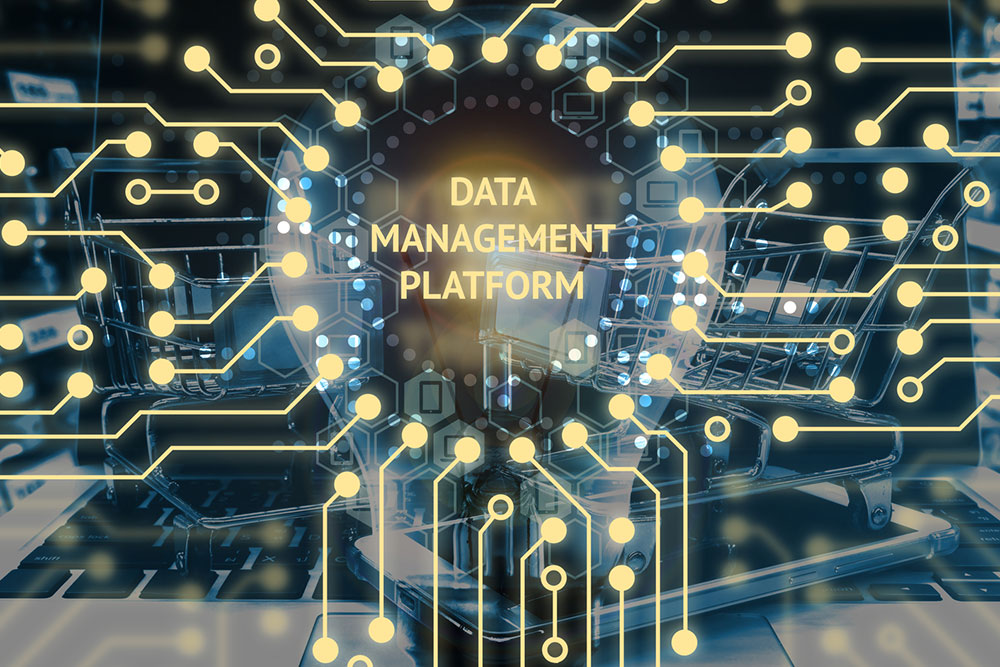Comprehensive Overview of IAM Solutions for Data Security
This article provides a detailed overview of Identity and Access Management (IAM) solutions, highlighting their role in strengthening data security for modern businesses. It covers key features like user management, role-based access, authentication, and reporting, emphasizing their importance in remote and hybrid work environments. Implementing IAM systems enhances security, operational efficiency, and supports cybersecurity efforts. The article offers practical insights for organizations looking to protect sensitive information and improve user access controls.

Understanding Identity and Access Management (IAM) Solutions
In today's digital landscape, organizations manage extensive sensitive data, including financial details, customer records, employee information, analytics, and market data. Securing this information is vital, yet not all personnel require access to every resource. Deploying a centralized IAM platform enables businesses to efficiently regulate and oversee user permissions, safeguarding data and maintaining confidentiality.
Defining IAM Software
With the shift to hybrid work models, employees access company systems—such as applications, files, and databases—from various devices and locations.
Traditional security measures relied heavily on on-site firewalls. However, remote work demands more dynamic security solutions. IAM tools offer a unified platform for managing user identities, passwords, and access controls across multiple environments.
Integrating IAM with ERP systems ensures that users only access relevant data, minimizing breach risks. Role-based permissions facilitate streamlined user management and reinforce security protocols.
Core Capabilities of IAM Platforms
Identity Management: Maintains comprehensive employee directories, allowing easy creation, modification, or removal of profiles. Multiple directories can sync for tighter control and customized access.
Role-Based Access Control (RBAC): Assigns permissions according to job roles or departments, ensuring users access only necessary resources.
User Authentication: Uses credentials and biometric methods, often with Multi-Factor Authentication (MFA), to verify user identities.
User Authorization: Ensures users can access only authorized data; unapproved attempts are automatically blocked, protecting sensitive information.
Monitoring and Reporting: Periodically generates activity reports, helping IT teams identify vulnerabilities and improve security measures.
Benefits of Implementing IAM Systems
Improved Data Security: Protects company information from threats by controlling access.
Operational Streamlining: Automates user management, reducing errors and administrative effort.
Support for Security Teams: Allows cybersecurity personnel to focus on strategic security initiatives by simplifying login and access management.
Disclaimer:
This blog offers insights on various topics. While efforts are made to ensure accuracy, readers should view the information as supplementary. We are not liable for discrepancies or promotions on external platforms.


